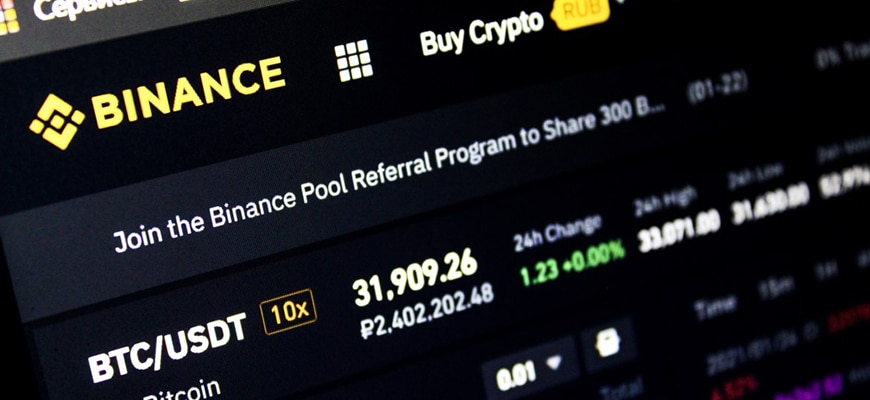Geotagged NFT is NFT containing 3D version of street art together with the corresponding geographical location. They allow art lovers to own both virtual and physical works.
What is Geotagged NFT?
Geotagged NFT is a concept that attaches geographic coordinates to the NFT of several well-known street art works around the world.
Geo-Tagging is the process of attaching geographic coordinates to the NFTs of several famous street art works around the world. Geotagging attaches precise coordinates (latitude and longitude) to digital goods (images, websites etc.). It is the most common way of embedding location data, making it easy to find the original location of an object.
NFTs are unique digital assets that can be bought and sold like any other property. However, they do not have a tangible form. NFTs are part of the Ethereum blockchain and contain a digital certificate of authenticity or verifiable digital token representing your ownership of an asset in that blockchain.
At first, NFTs were limited to digital collectibles. However, with the advent of geo-tagged NFTs, art collectors can now own more than just a 3D version of an artwork. Each NFT is accompanied by a virtual 3D figurine depicting a real painting painted somewhere in the world. The figurine contains a geotag that links the NFT to the corresponding work of art. In this way, the owner of the NFT owns the physical street art and can resell it.
NFTs with geotags represent ownership while maintaining the beauty of the original art. By creating a digital copy of real art, artists can monetise their work. Similarly, art lovers can own their favourite works without any geographical restrictions.
All geo-tagged NFTs are original, and each one includes unique geospatial metadata (latitude and longitude coordinates, altitude and more). For example, if there were an NFT with geotags for the Statue of Liberty, the metadata for the actual statue would be 40.6892°N, 74.0445°W.
While the owner has the right to resell the NFT at any time, the artist is entitled to a royalty each time ownership of the NFT changes hands.
KIWIE is a Latvian art collective led by the eponymous artist Kivi, author of KIWIE 1001, one of the first street artists in Latvia. KIWIE has taken part in many graffiti and street art festivals around the world, participated in group exhibitions and organised solo exhibitions. With expertise in product design, graphics and fashion, KIWIE is constantly pushing the boundaries, combining all these elements to create whole works of street art, fashion items and accessories with unprecedented ideas.








